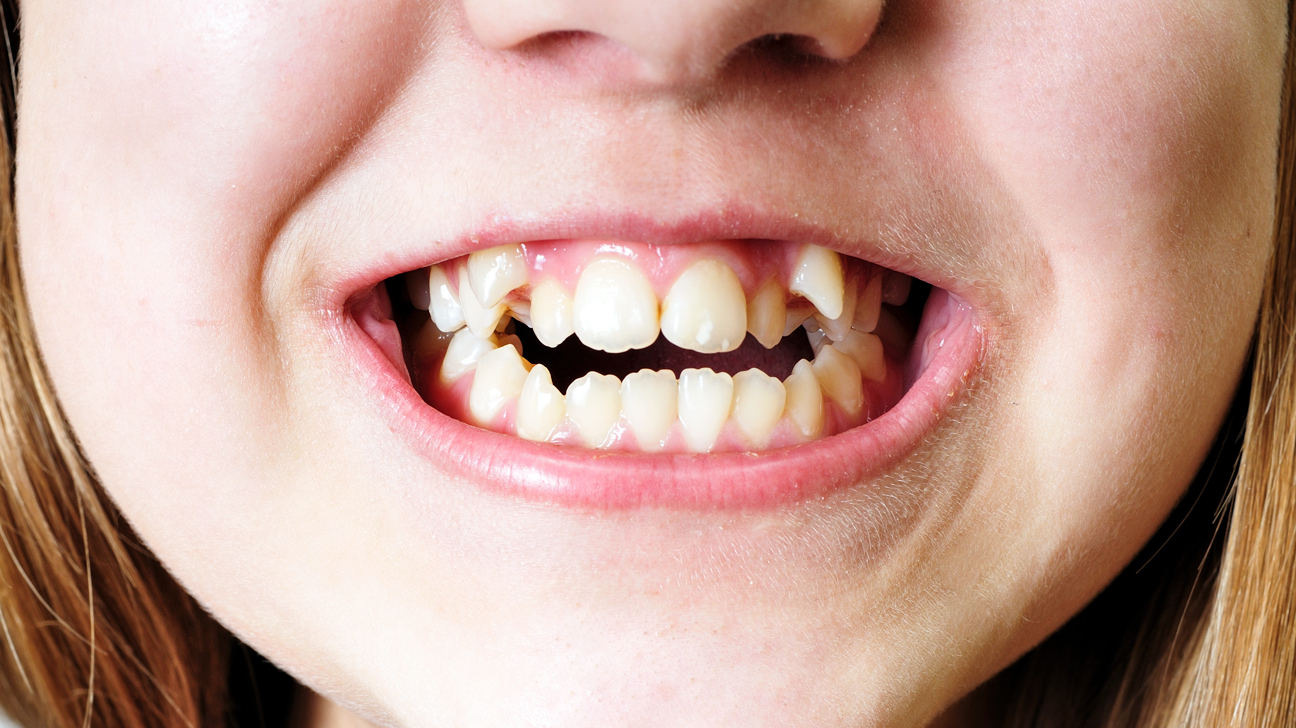Orthodontic treatment is a significant step towards achieving a healthy, well-aligned smile.
Yet, one question often arises: What is the best age for orthodontic treatment?
The answer isn’t as straightforward as you might think. It depends on various factors, including individual dental health and specific orthodontic issues.
Australian Orthodontists recommends that children have their first orthodontic evaluation by age 11-14. This early assessment allows for interceptive treatment, guiding jaw growth and correcting harmful oral habits.
However, orthodontic treatment isn’t exclusive to children. Teenagers and adults can also benefit from it. For teenagers, their growing bones make them ideal candidates for treatment.
Adults, on the other hand, may require a slightly longer treatment duration due to mature bone structures. Yet, with advancements in orthodontics, options like clear aligners have become popular for adults seeking less noticeable teeth alignment.
In this article, we delve into the complexities of determining the best age for orthodontic treatment. We’ll explore the benefits of early intervention, the advantages of treatment during adolescence, and the growing trend of adult orthodontics.
Our goal is to provide you with the knowledge to make an informed decision about orthodontic treatment, whether for yourself or your child.

Understanding Orthodontics and Its Importance
Orthodontics is a specialized branch of dentistry that focuses on diagnosing, preventing, and treating dental and facial irregularities. It’s not just about straightening teeth. Orthodontics also addresses bite issues, jaw alignment, and overall facial balance.
Orthodontic treatment can significantly improve oral health. Misaligned teeth can be difficult to clean, increasing the risk of tooth decay and gum disease. By aligning the teeth, orthodontics makes it easier to maintain good oral hygiene.
Moreover, orthodontics goes beyond oral health. A well-aligned smile can boost self-esteem and confidence. It can also correct speech impediments caused by misaligned teeth. Thus, orthodontics plays a crucial role in both physical health and psychological well-being.
The Ideal Time for an Orthodontic Evaluation
Australian Orthodontists recommends that children have their first orthodontic evaluation by age 11-14. This may seem early, but it allows for interceptive treatment, which can guide jaw growth, correct harmful oral habits, and regulate the width of the upper and lower dental arches.
Early evaluation doesn’t necessarily mean early treatment. It’s more about identifying potential problems and planning for the future. Some signs that a child may need early orthodontic treatment include:
- Early or late loss of baby teeth
- Difficulty chewing or biting
- Mouth breathing
- Thumb sucking
- Crowded or misplaced teeth
- Jaws that are too far forward or back
Early Intervention: Pros and Cons
Early intervention in orthodontics, also known as interceptive orthodontics, has its advantages. It can guide the growth of the jaw and the incoming permanent teeth. It can also correct harmful oral habits and make room for crowded, erupting teeth.
However, early intervention is not for everyone. Some orthodontic problems are easier to correct if they’re detected early, while others may be addressed just as effectively in later years. The best age for orthodontic treatment varies depending on individual dental health, development, and specific orthodontic issues.
It’s important to remember that early intervention doesn’t mean a child will get braces right away. It’s more about monitoring growth and development so that the right treatment can be started at the right time.
Interceptive Orthodontics: Aiming for Timely Corrections
Interceptive orthodontics is about recognizing and treating malocclusions or bad bites as soon as they are detected. This proactive approach can prevent more complex orthodontic problems in the future. It can also result in shorter treatment time when braces are eventually needed.
However, interceptive orthodontics requires a commitment from both parents and children. Regular check-ups are necessary to monitor progress and make adjustments to the treatment plan. It’s a team effort that can lead to a healthier, more confident smile.
Orthodontic Treatment During Adolescence
Adolescence is often considered the “golden age” for orthodontic treatment. This is the time when most permanent teeth have erupted, and the facial bones are still growing. The most common age for orthodontic treatment with braces is between 9 and 14.
During this period, orthodontists can take advantage of the growth spurts to correct the alignment of teeth and jaws. The treatment can be coordinated with the child’s growth for maximum effectiveness. Moreover, teenagers are usually more compliant with orthodontic treatment instructions, which can lead to better results.
However, orthodontic treatment during adolescence requires regular follow-ups and adjustments. It’s also crucial to maintain good oral hygiene to prevent tooth decay and gum disease during treatment.
The Benefits of Treating Teens: Growth and Compliance
One of the main benefits of treating teens is that their bones are still growing. This makes it easier to move teeth into their correct positions. It also allows for more significant changes in jaw structure if necessary.
Another advantage is that teenagers are generally more compliant with treatment instructions. They are more likely to wear their appliances as directed and follow advice on oral hygiene and diet. This cooperation is crucial for the success of orthodontic treatment.
Adult Orthodontics: It’s Never Too Late
Orthodontic treatment isn’t just for children and teenagers. Adults can also benefit from it. In fact, more adults are seeking orthodontic treatment now than ever before.
While adult orthodontics may take slightly longer due to the maturity of bone structures, the results can be just as effective. Misaligned teeth can contribute to speech impediments, bite problems, and even TMJ disorders, all of which orthodontic treatment can help correct. Moreover, a well-aligned smile can boost self-esteem and confidence, impacting both personal and professional life.
It’s important to note that orthodontic treatment in adults requires a commitment. Patient cooperation, including maintaining good oral hygiene and attending regular follow-up appointments, is crucial for success.
Advancements in Adult Orthodontic Options
The field of orthodontics has seen significant advancements in recent years. These have led to more aesthetically pleasing and comfortable treatment options, making adult orthodontics more appealing.
Clear aligners, such as Invisalign, have become popular among adults seeking a less noticeable form of teeth alignment. These aligners are virtually invisible and can be removed for eating and cleaning. This flexibility, combined with the aesthetic benefits, makes them a popular choice for adults. However, they may not be suitable for all orthodontic issues, so a thorough consultation with an orthodontist is necessary.
Factors Influencing the Timing of Treatment
The best age for orthodontic treatment varies greatly. It depends on individual dental health, development, and specific orthodontic issues. Some orthodontic problems are easier to correct if they’re detected early, while others may be addressed just as effectively in later years.
The timing of orthodontic treatment may also be coordinated with a child’s growth spurts for maximum effectiveness. For adults, the timing can depend on the complexity of the orthodontic problem and the treatment plan. It’s also important to consider the patient’s commitment and cooperation, as these are crucial for successful treatment.
The cost of orthodontic treatment can also influence the timing. Many dental insurance plans cover some of the cost of orthodontic treatment, but it’s important to check the specifics of your plan. The type of treatment, length of treatment, and geographic location can all affect the cost.
Individual Needs and Customized Treatment Plans
Orthodontic treatment is not a one-size-fits-all solution. Each patient has unique needs and requires a customized treatment plan. A qualified orthodontist can provide a treatment plan based on the patient’s age, oral health, and specific orthodontic needs.
The success of orthodontic treatment is not solely dependent on age. It also depends on the complexity of the orthodontic problem and the treatment plan. Therefore, it’s essential to choose an orthodontist who can provide a personalized treatment plan and guide you through the process.
Maintaining Oral Health During Orthodontic Treatment
Orthodontic treatment requires a commitment to maintaining good oral hygiene. This is crucial to prevent tooth decay and gum disease, which can complicate the treatment process. Regular dental check-ups are important before, during, and after orthodontic treatment to monitor oral health.
Additionally, nutrition and diet can affect orthodontic treatment. For instance, sticky and hard foods should be avoided with braces as they can damage the orthodontic appliances. It’s also important to follow the orthodontist’s instructions on oral care and diet to ensure the success of the treatment.
The Psychological Impact of Orthodontic Treatment
Orthodontic treatment can have a significant psychological impact, particularly in children and teenagers. It can affect their self-image and social interactions. A well-aligned smile can boost self-esteem and confidence, contributing to overall mental well-being.
However, the process of orthodontic treatment, such as wearing braces, can sometimes lead to temporary discomfort or self-consciousness. It’s important to discuss these aspects with the patient and provide reassurance. The end goal of a healthier, more attractive smile often outweighs these temporary challenges.
Conclusion: Making an Informed Decision
Orthodontic treatment is a significant decision that should be made after thorough consultation with a qualified orthodontist. It’s essential to consider all factors, including age, oral health, and specific orthodontic needs.
Remember, the best age for orthodontic treatment varies from person to person. The success of the treatment is not solely dependent on age but also on the complexity of the orthodontic problem and the treatment plan. With the right guidance and information, you can make an informed decision that leads to a healthier, more confident smile.




